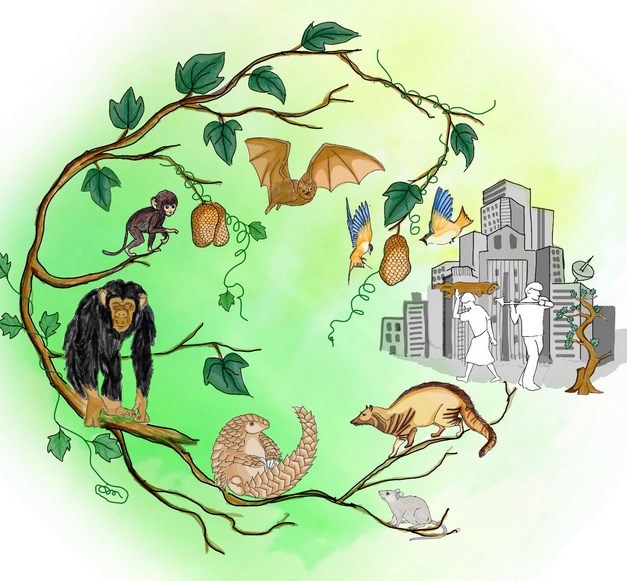Zoonotic Disease Risks in Urban-Wildland Interfaces
Recent studies reveal that nearly 44 per cent of the global population, approximately 3.5 billion people, may face exposure to zoonotic diseases. The research, conducted by Yale School of the Environment, focuses on areas where urbanisation meets wildlife, termed the wildland-urban interface (WUI). This intersection heightens the risk of disease transmission from animals to humans.
About Zoonotic Diseases
- Zoonotic diseases arise when pathogens transfer from animals to humans.
- These diseases can originate from various wildlife species.
- The study indicates that people living near wildlife with high zoonotic potential share habitats with over 20 different host species.
Impact of Urbanisation on Disease Transmission
Rapid urbanisation in WUI areas increases the risk of zoonotic spillover. Activities such as hunting, land use changes, and peri-urban agriculture contribute to this risk. Livestock in agricultural settings can act as intermediaries, facilitating the transfer of pathogens from wildlife to humans.
Mapping Zoonotic Risks Globally
The researchers analysed 686 terrestrial mammal species linked to 144 zoonotic diseases. They mapped these species to identify high-risk areas within the WUI. Notable generalist hosts include the natal multimammate mouse and the red fox. The study found that South America and equatorial regions have the highest concentrations of zoonotic host species.
Demographics and Vulnerability
The study marks that poverty amplifies the risk of zoonotic disease exposure. A percentage of people living in high-risk WUI areas are from low- and middle-income countries (LMICs). These populations often face inadequate healthcare and poor living conditions, increasing their vulnerability to disease transmission.
Regional on Zoonotic Potential
- In Africa, countries like Kenya and Uganda have high zoonotic risks.
- In Southeast Asia, 175 million people live in WUIs with high zoonotic potential.
- India and China, despite moderate zoonotic risks, have high population densities in these areas.
- South America also faces challenges, with urban centres like Rio de Janeiro and São Paulo at risk.
Urbanisation in Developed Regions
Interestingly, highly urbanised regions in North America and Europe also exhibit high zoonotic potential. This is despite their lower species richness. The large WUI areas and population density contribute to the risk. In west-central Europe, 53 per cent of the population lives in WUIs with over 20 zoonotic host species.
Month: Current Affairs - February, 2025
Category: Environment Current Affairs






